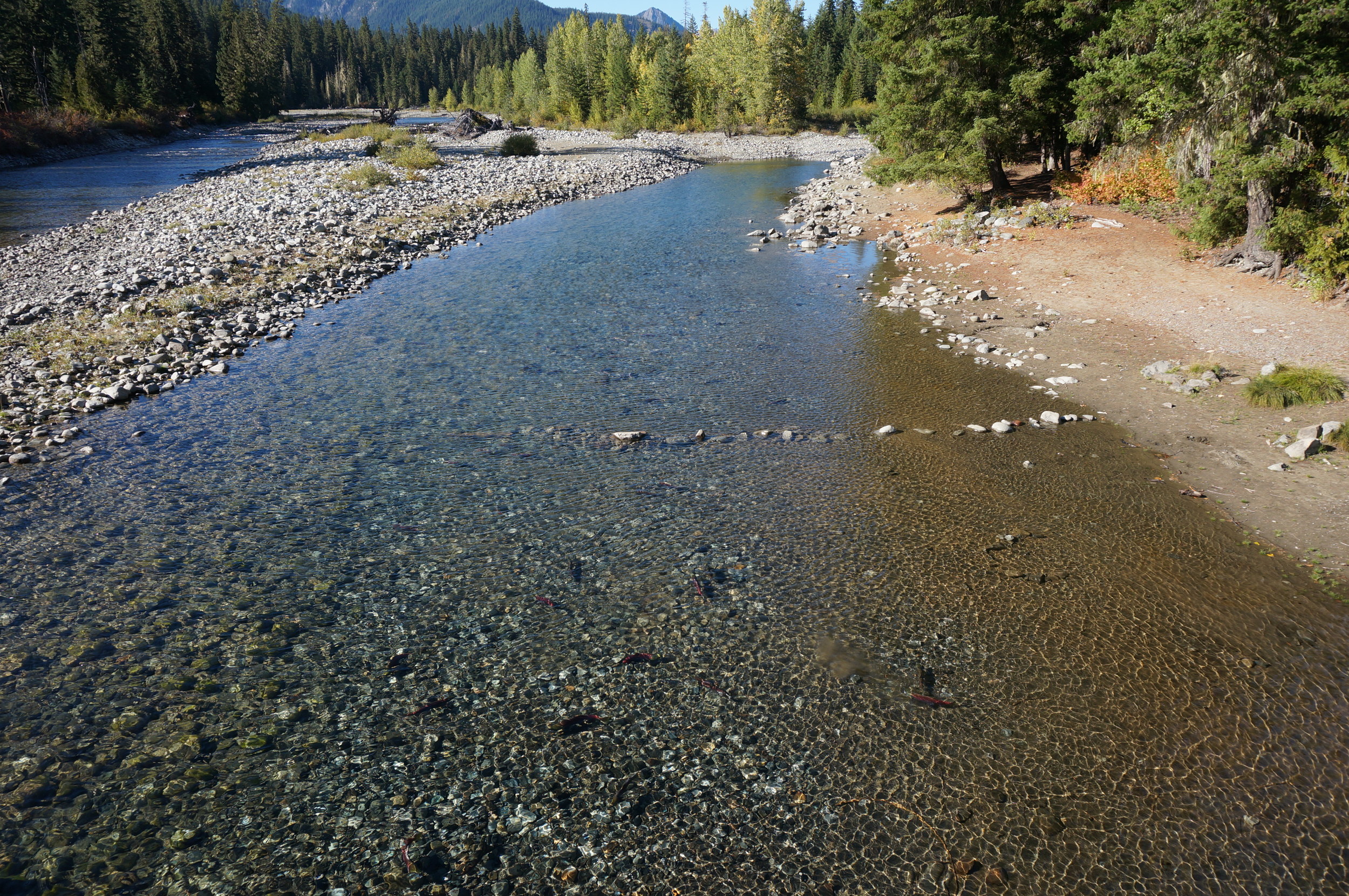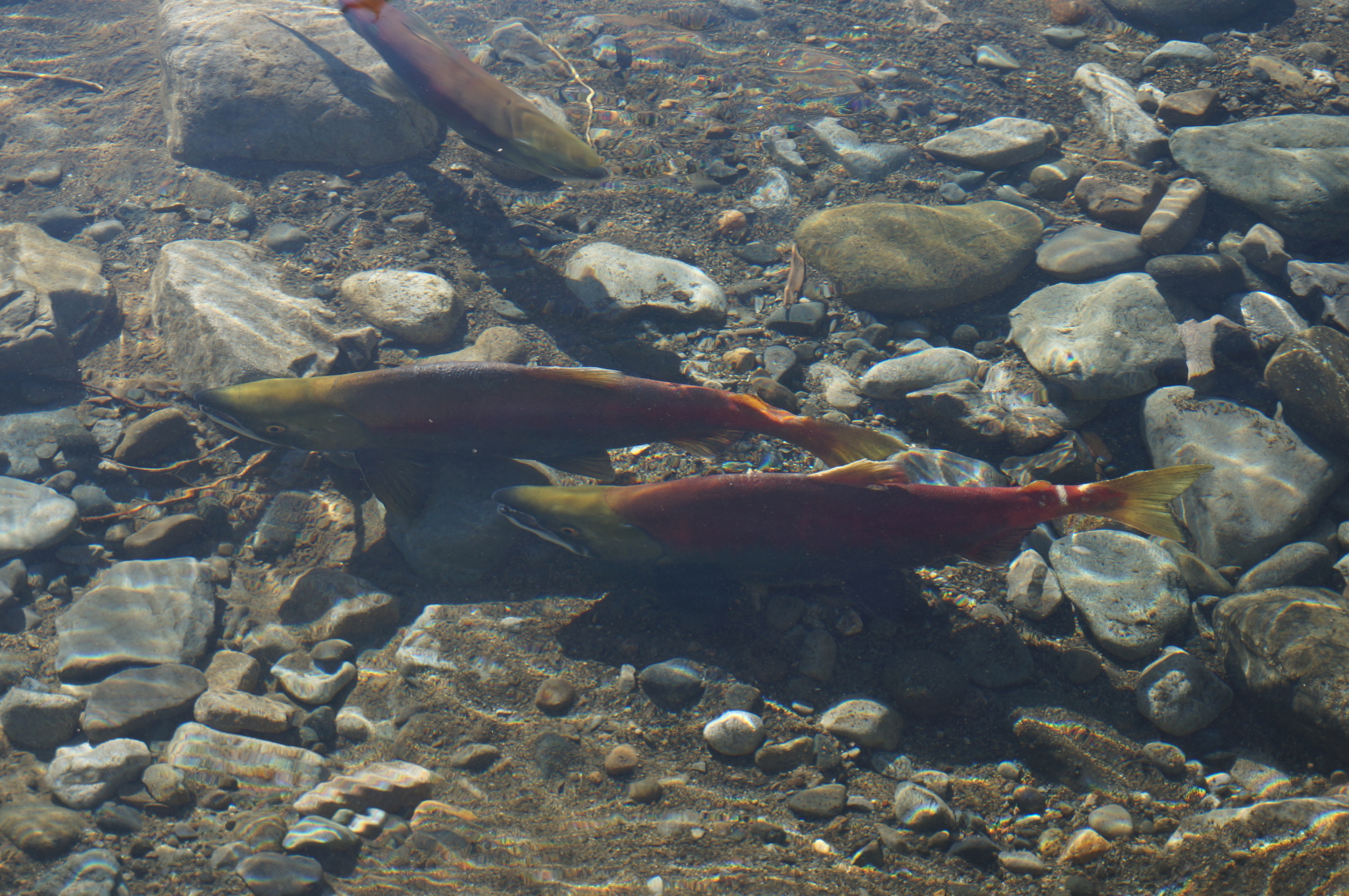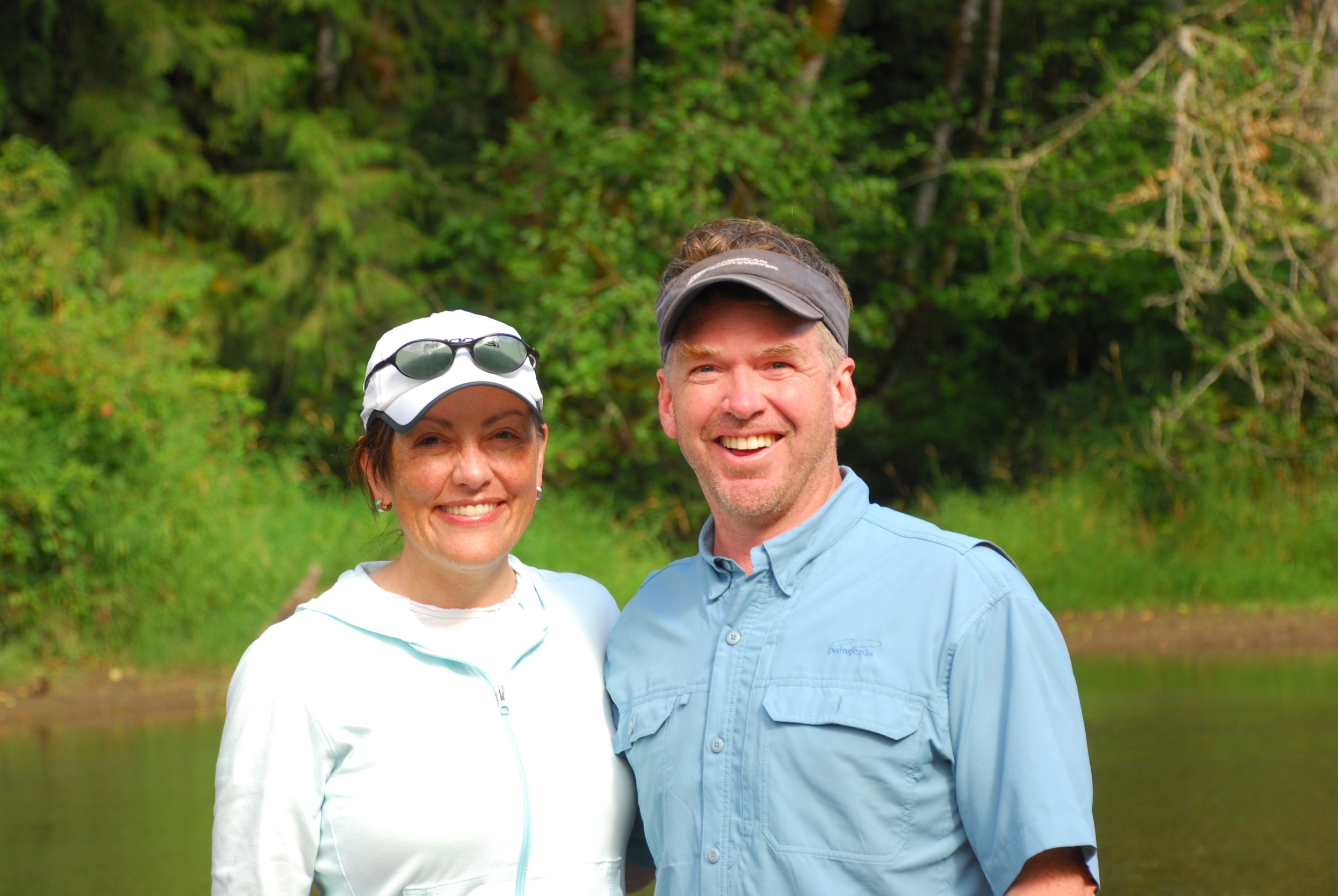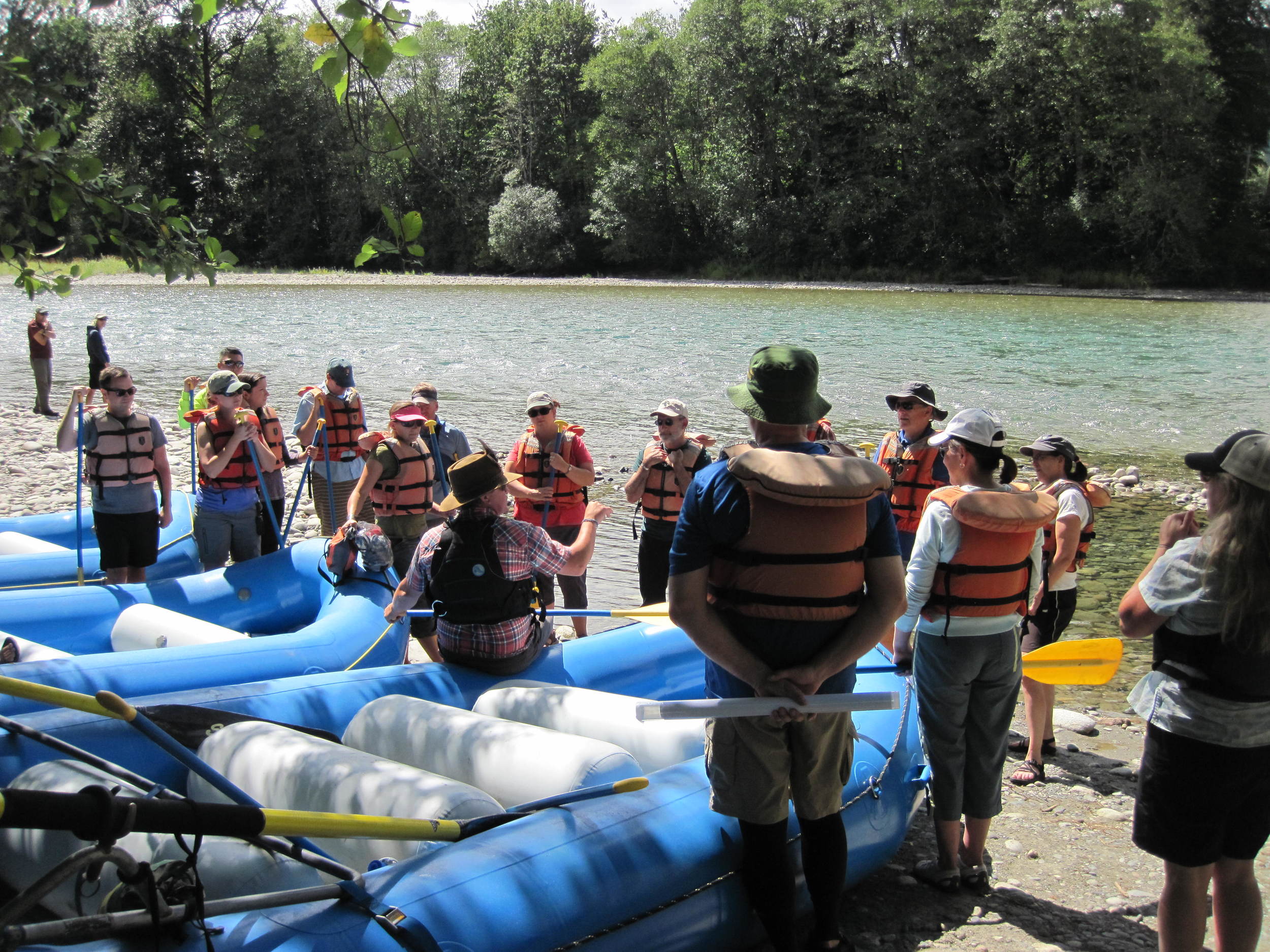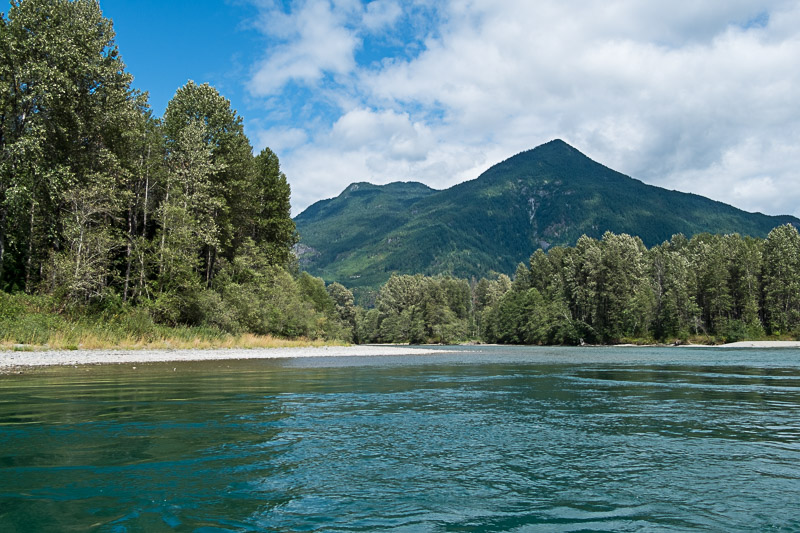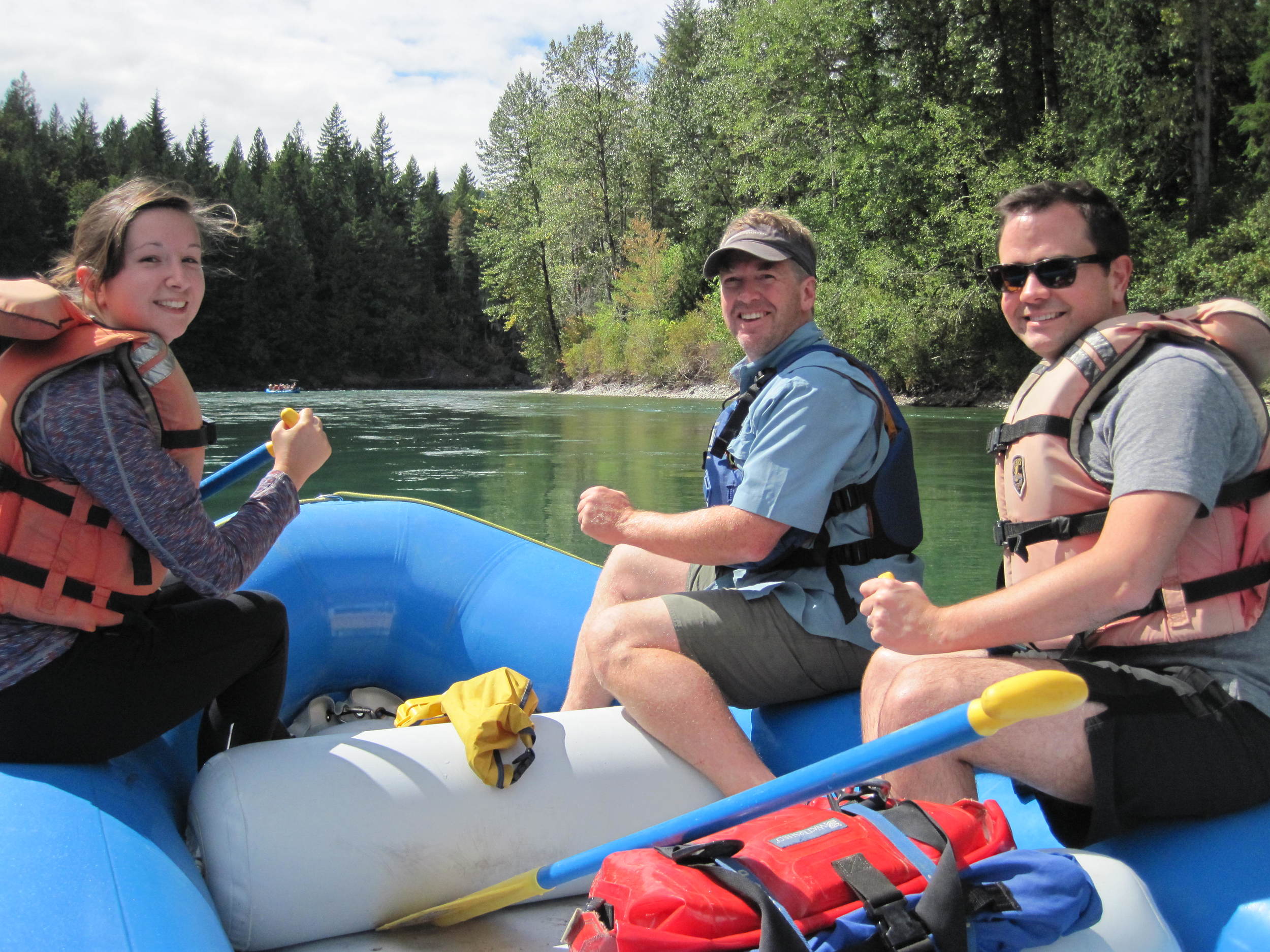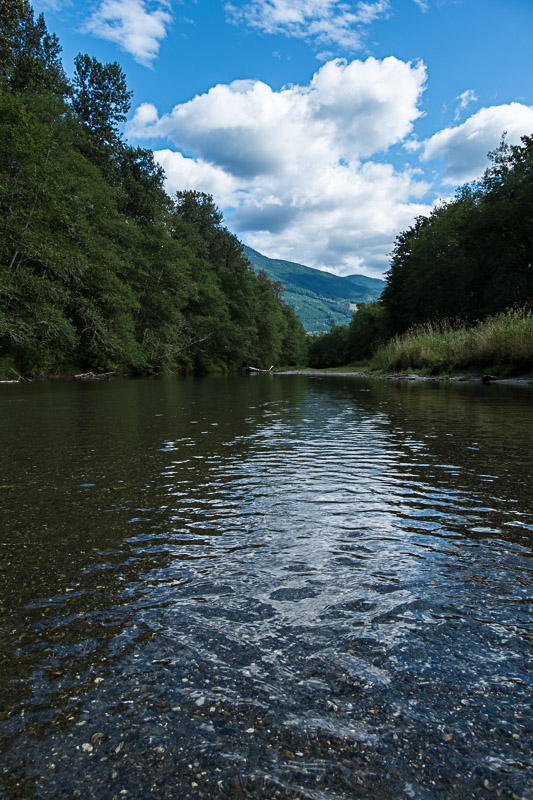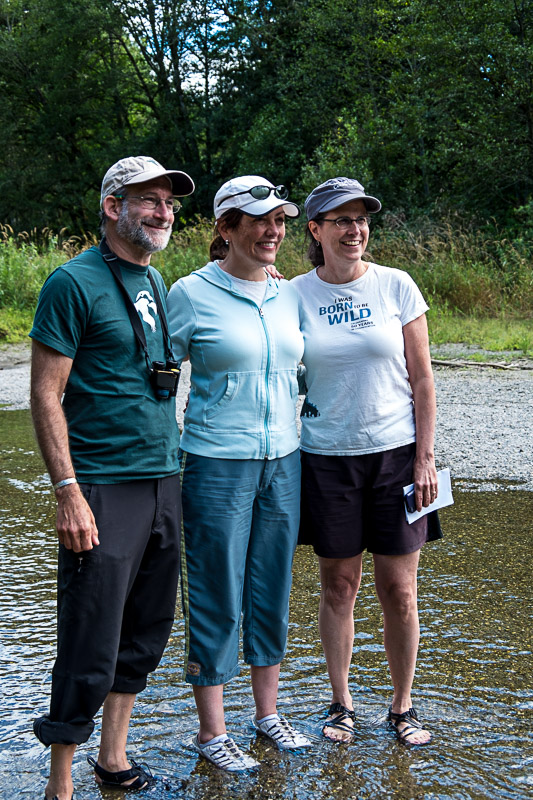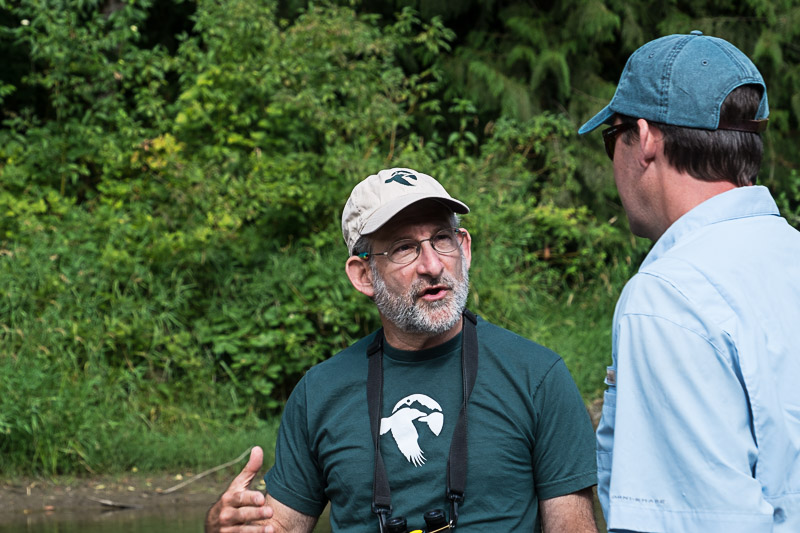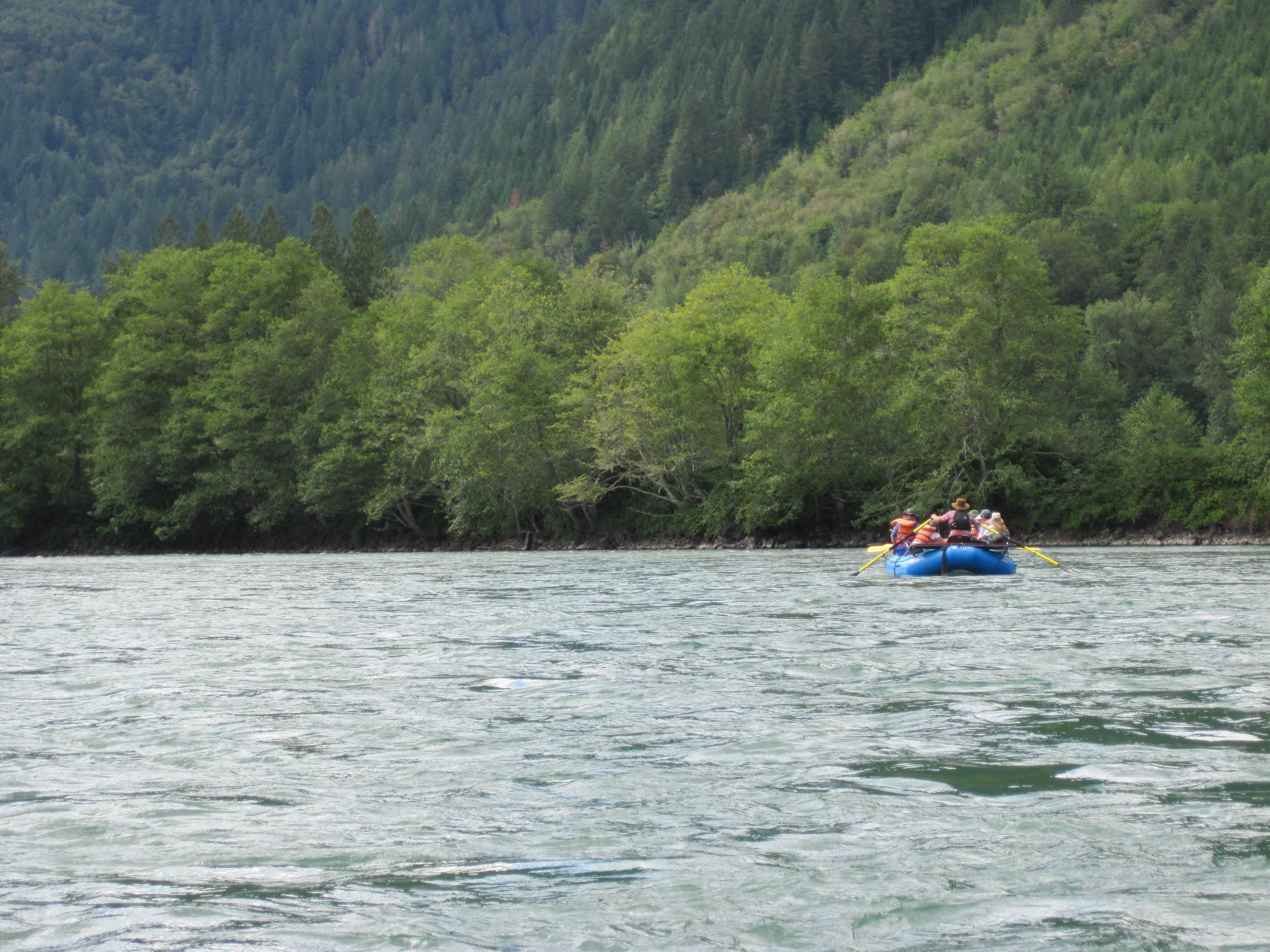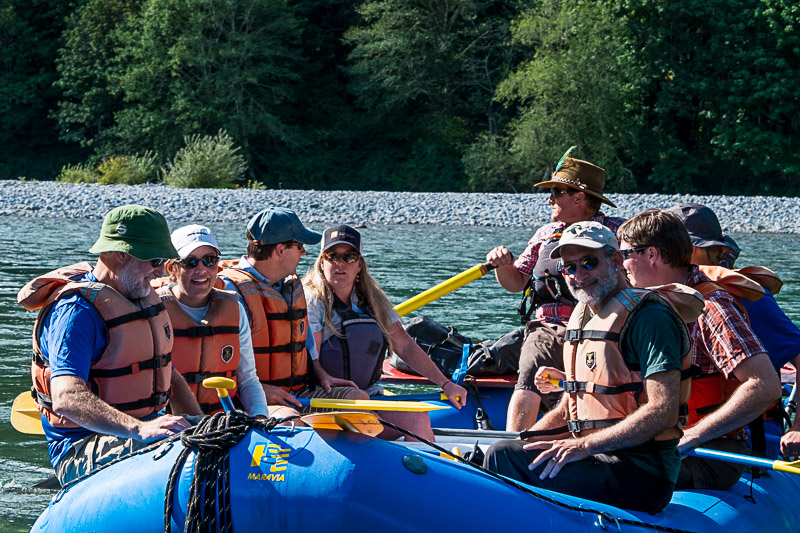Witnessing the salmon journey with family
Written and Photographed by Ryan Haugo, Senior Forest Ecologist
After 12+ months working on our massive Central Cascades Projects, first the acquisition from Plum Creek Timber Company and now development of our comprehensive management plan, it’s time to take a breath and enjoy the amazing natural features of this landscape. It’s time to go “salmoning”.
What’s “salmoning” you might ask? Salmoning is the name my family has given to act of trekking out to view spawning salmon at the end of their long journey from the ocean. It’s one way for two Midwestern parents to raise Northwestern kids.
This month Chinook and Sockeye salmon are spawning in the upper reaches of the Yakima Basin, in rivers fed by our Central Cascades Forests. The chinook salmon that we viewed began their roughly 500 mile journal from the Pacific Ocean this past spring, up the Columbia River, up the Yakima River, and finally up to their spawning grounds in the Cle Elum River. The Sockeye are present above the dam on Cle Elum Lake thanks to a re-introduction project led by the Yakama Nation. Prior to the completion of the irrigation storage dams in the 1930’s, it is estimated that at least 200,000 sockeye returned annually to the lakes of the Yakima River Basin.
While current number of Salmon in the Yakima River Basin may be a far cry from historic levels, their presence was enough to elicit excitement and amazement in my family and help us remember why we are working to protect, connect, and restore our Washington forests.
More information:
http://yakamafish-nsn.gov/restore/projects/sockeye
http://www.nmfs.noaa.gov/pr/species/fish/chinook-salmon.html







